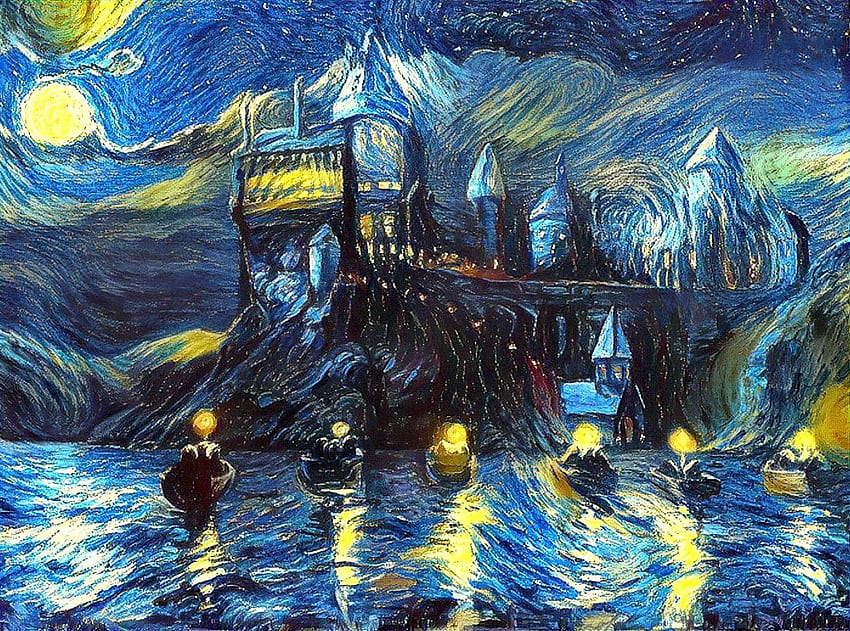Previous cassette tapes turn into into artwork items in Meg Frank’s “Street Go back and forth”
:no_upscale()/cdn.vox-cdn.com/uploads/chorus_asset/file/23666880/Roadtrip_surrounded_Colorado_Nevada_NYC_Kansas_.JPG)
Cassette tapes, once a popular medium for music storage, have now become relics of the past in the age of digital streaming and compact discs. However, artist Meg Frank has found a unique way to breathe new life into these forgotten artifacts by transforming them into captivating artwork pieces. In her exhibition titled “Street Go back and forth,” Frank showcases the beauty and nostalgia of cassette tapes through her creative vision and craftsmanship.
The Evolution of Cassette Tapes
The Rise and Fall of Cassette Tapes
In the late 1960s, cassette tapes emerged as a convenient alternative to vinyl records and reel-to-reel tapes. Their compact size, portability, and affordable price made them immensely popular among music enthusiasts. People could easily create mixtapes, share music with friends, and enjoy their favorite tunes on-the-go.
The Popularity of Cassette Tapes
Cassette tapes reached their peak popularity in the 1980s and 1990s, dominating the music industry. The introduction of portable cassette players, commonly known as “Walkmans,” further fueled the cassette tape craze. Countless hours were spent rewinding, fast-forwarding, and carefully crafting playlists, creating a strong emotional attachment to these physical music carriers.
Cassette Tapes as Artwork
Introduction to Meg Frank’s “Street Go back and forth”
Meg Frank, a talented artist with a penchant for nostalgia and repurposing, saw the artistic potential in cassette tapes. In her exhibition “Street Go back and forth,” she showcases her creativity by transforming cassette tapes into stunning pieces of artwork. Through her unique artistic process, she not only pays homage to the cassette tape era but also invites viewers to reconnect with their memories and emotions.
Transforming Cassette Tapes into Art
Frank’s artistic process involves deconstructing cassette tapes and repurposing their individual components. The magnetic tape is carefully woven, twisted, and shaped to form intricate patterns and textures. The cassette shells, once discarded as obsolete technology, find new life as structural elements or decorative accents in her artwork. Each piece tells a story, blurring the lines between music and visual art.
Meg Frank’s “Street Go back and forth” Exhibition
Exploring Meg Frank’s Artistic Journey
Meg Frank’s artistic journey began with a deep appreciation for nostalgia and a desire to breathe life into forgotten objects. Through her experimentation and dedication, she has developed a distinct style that merges artistry and storytelling. “Street Go back and forth” represents a culmination of her passion for cassette tapes and her commitment to preserving their cultural significance.
The Concept and Inspiration behind “Street Go back and forth”
“Street Go back and forth” draws inspiration from the urban landscapes and vibrant street culture. Meg Frank’s fascination with the interconnectedness of music and cities is evident in her artwork. The exhibition takes viewers on a visual journey through the nostalgic tapestry of sound, rhythm, and memories that define the streets we walk.
Techniques and Materials Used
Meg Frank employs various techniques to transform cassette tapes into captivating artworks. She meticulously weaves the magnetic tape to create intricate patterns, reminiscent of the rhythmic beats found in music. The cassette shells are reshaped, painted, or incorporated into larger installations. Through her masterful craftsmanship, Frank gives these forgotten relics a new purpose and aesthetic appeal.
The Significance of Cassette Tape Art
Preserving Nostalgia and Cultural History
Cassette tape art holds immense value in preserving nostalgia and cultural history. By repurposing these obsolete objects, artists like Meg Frank ensure that the memories and emotions associated with cassette tapes remain alive. The tactile experience of holding a cassette tape and the ritual of pressing play can transport individuals back to a bygone era, evoking a sense of nostalgia and personal connection.
The Environmental Impact of Repurposing Cassette Tapes
In addition to preserving nostalgia, cassette tape art also addresses environmental concerns. By repurposing cassette tapes, artists contribute to reducing electronic waste. The transformation of these discarded objects into art serves as a reminder of the importance of sustainable practices and finding creative solutions to repurpose materials that would otherwise end up in landfills.
The Popularity and Future of Cassette Tape Art
The Growing Trend of Cassette Tape Art
Cassette tape art is experiencing a resurgence in popularity as artists and collectors recognize its unique charm and cultural significance. The combination of nostalgia, sustainability, and the aesthetic appeal of cassette tapes has captured the attention of art enthusiasts worldwide. Exhibitions and online platforms dedicated to cassette tape art continue to emerge, providing a platform for artists to showcase their innovative creations.
The Influence of Social Media on Cassette Tape Art
Social media platforms have played a vital role in the resurgence of cassette tape art. Artists can now easily share their creations with a global audience, garnering appreciation and recognition. The online community of cassette tape art enthusiasts fosters collaboration and inspiration, pushing the boundaries of what can be achieved with this unconventional medium.
Future Possibilities and Innovations in Cassette Tape Art
As cassette tape art gains momentum, artists are exploring new possibilities and pushing the boundaries of creativity. Innovations such as incorporating LED lights, combining cassette tape with other mediums, or experimenting with different weaving techniques offer exciting prospects for the future. The versatility and potential of cassette tape art are far from exhausted, promising further evolutions in this captivating art form.
Conclusion
Meg Frank’s “Street Go back and forth” exhibition showcases the transformative power of art and the lasting impact of cassette tapes. Through her creative vision and craftsmanship, she breathes new life into these forgotten relics, preserving their nostalgia and cultural significance. The popularity of cassette tape art is on the rise, attracting artists, collectors, and enthusiasts from around the world. As the trend continues to evolve, cassette tape art serves as a reminder of the interplay between technology, culture, and creativity.



